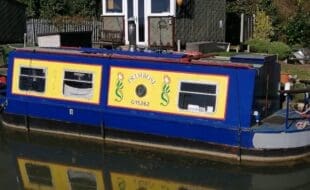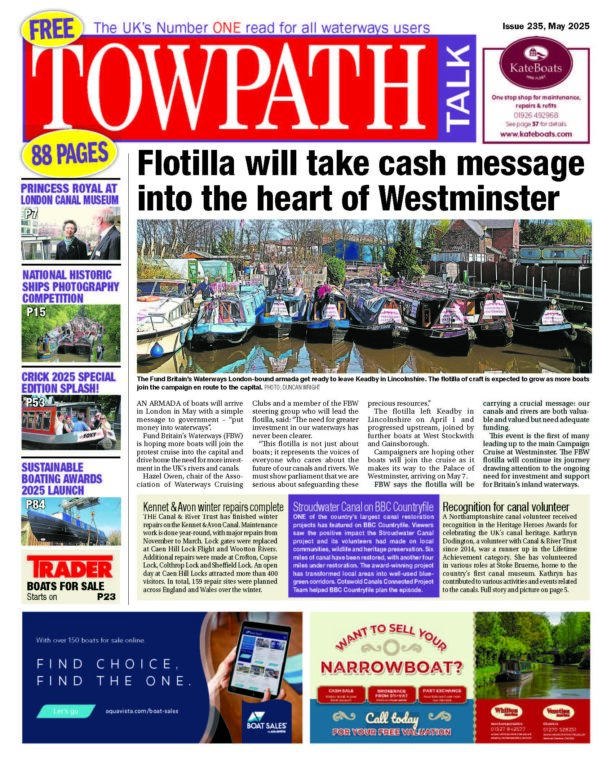Jonathan Mosse takes a look at freight development on the inland waterways…
JOHN Taylor, also known – appropriately, it transpires – as the ‘water poet’, once wrote: ‘From Hull, Hell and Halifax may the Good Lord deliver us’. I am not qualified to speak of Halifax, nor yet of Hell, but I have sailed aboard a loaded aggregate barge out of Hull, which just happens to be where the new waterways minister, Emma Hardy, also hails from.
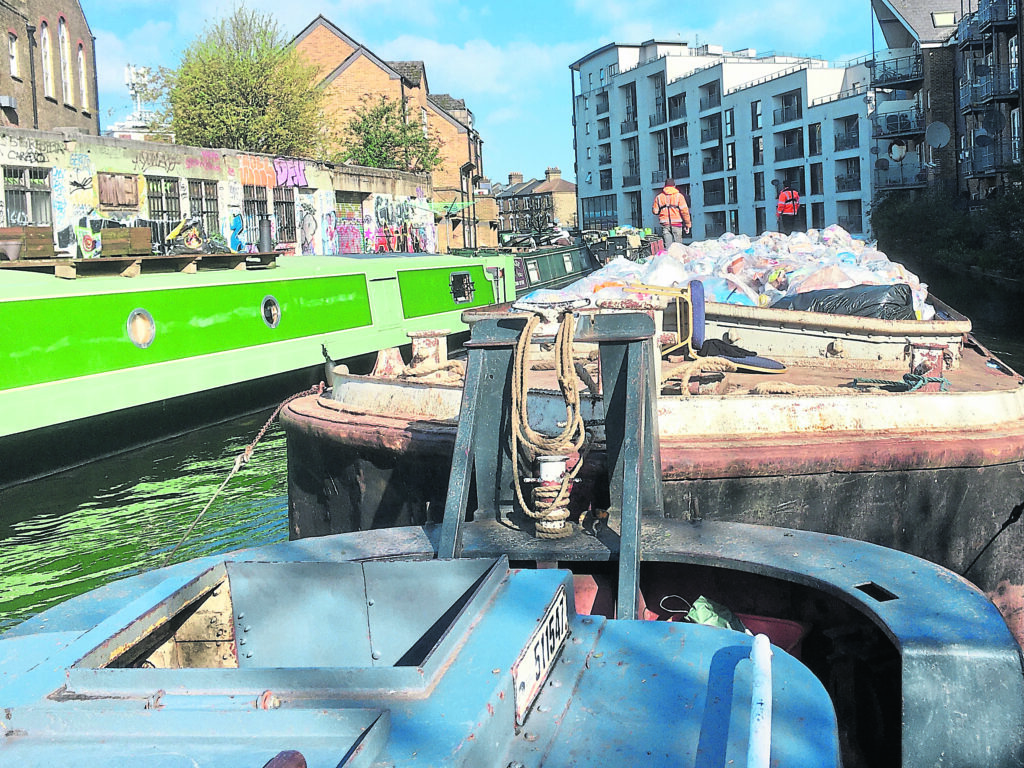
A new minister – so, just perhaps, a new beginning in the perception of the role that inland waterways transport has to play in distributing goods around the UK. Certainly, she hit the ground running by initiating contact with the Inland Waterways Association (IWA), as a means of establishing her bearings, soon after she was appointed.
Mike Wills, chair of the association, was contacted by her office and a 15-minute slot was carved out in their joint diaries: an encouraging sign in anyone’s book. But where to start? Freight was certainly mentioned and, on the basis that cutting straight to the chase was in order, I suggested that moving the commercial carrying side of inland waterways from DEFRA to DfT could take centre stage!

It is, however, interesting that she chose IWA as an insightful route into her new ministerial post. Well-known for its wide-ranging campaigning activity on all waterway matters in this country, it is perhaps not so widely recognised as having a part to play in the waterways freight world… which is strange really, considering it has a very active freight group, chaired by a significant player in this sector.
Until recently, this role was held by John Spencer (CEO of GPS Marine Ltd, a prominent operator on the Thames and Medway) who, through work pressures, has recently had to stand down, handing the baton on to Gerry Heward, recently retired co-founder of Wood Hall & Heward Ltd: another significant operator on the Home Counties inland waterways scene.
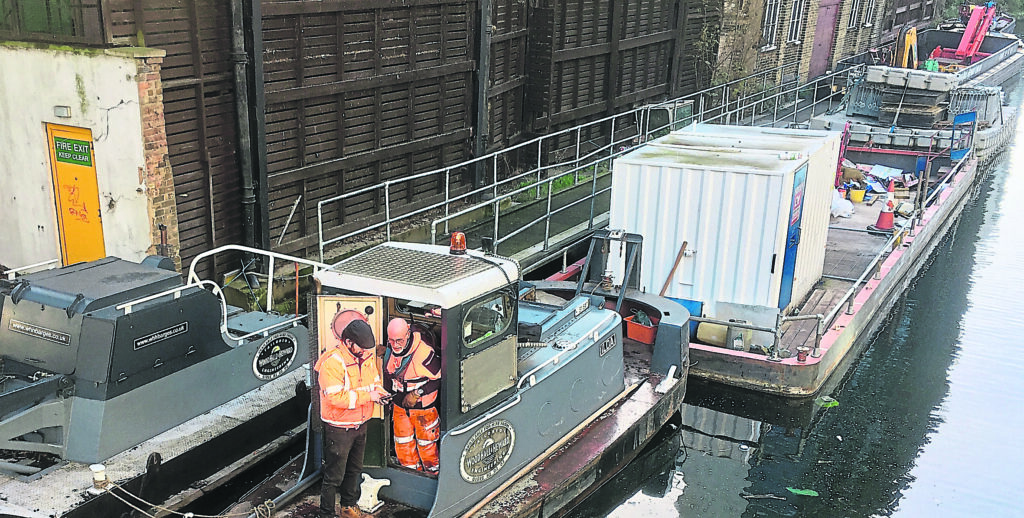
Canal Boat Operators
While IWA campaigns across the entire spectrum of inland waterways activity, freight being but one of its (significant) briefs, working alongside the association is the Canal Boat Operators Association (CBOA) providing direct representation of the industry, being largely made up from key participants and stakeholders. While they share a common objective, what is of particular significance is that the campaigning and lobbying of both organisations is largely undertaken by volunteers, giving freely of their time. Where else would what are effectively trade bodies, representing a significant area of the country’s transport sector, have to rely on the dedication and conviction of unpaid volunteers?
Matters that will hopefully tax the new waterways minister, encouraged in equal measure by both IWA and CBOA, should include the return of ‘subsidy’ on biofuel use in vessels operating on inland tidal waterways, a serious look at moving commercial activity to DfT to join rail, road and air transport and a robust examination of waterway-related planning issues.
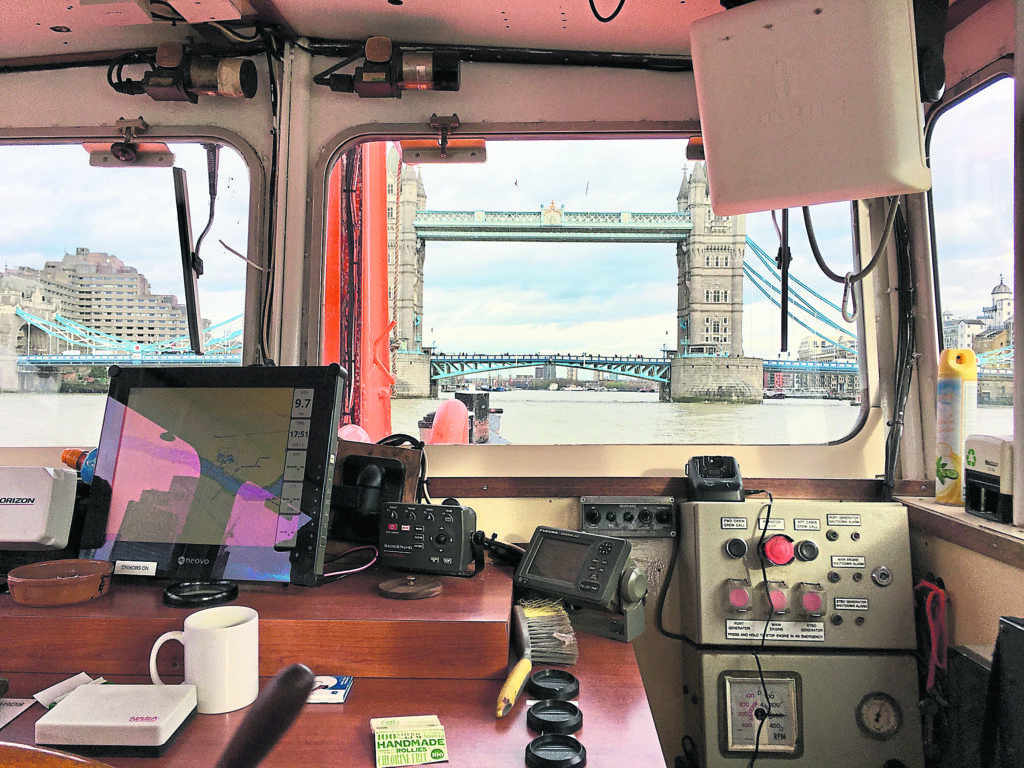
Freight, Logistics and the Planning System
In 2023 there was a Call for Evidence around Freight, Logistics and the Planning System which was predicated on the previous year’s Future of Freight: a long term plan.
Under the previous administration we saw the launch of the National Planning Policy Framework consultation emanating from the Ministry of Housing, Communities and Local Government which has a section on sustainable transport… although mention of inland waterways doesn’t actually appear until page 5, well behind aviation!
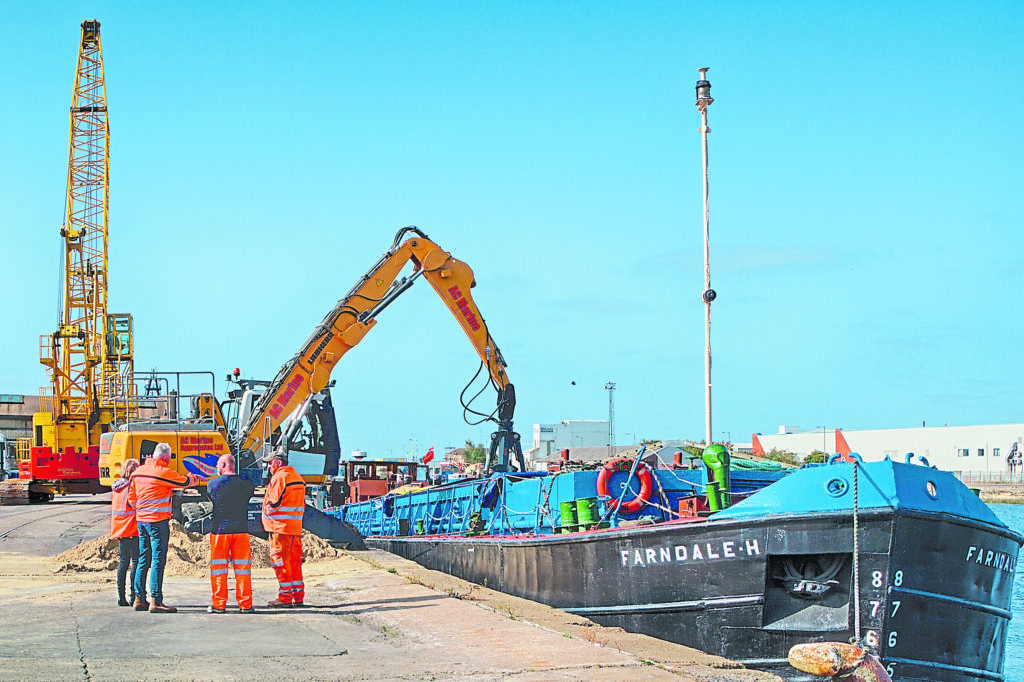
The new government, in the form of a written ministerial statement from Deputy Prime Minister Angela Rayner on July 30, lost no time in heralding its intention to accelerate the debate and widen its terms of reference, with promises of final decisions appearing before the end of the year.
An overhaul of the planning system is seen as one way to fix fundamental issues and grow the economy. Talk of massive increases in house building was accompanied by an acknowledgement that homes should not be built in isolation, the updated policy making clear the requirement for councils to consider the proximity of new homes to existing transport infrastructure.
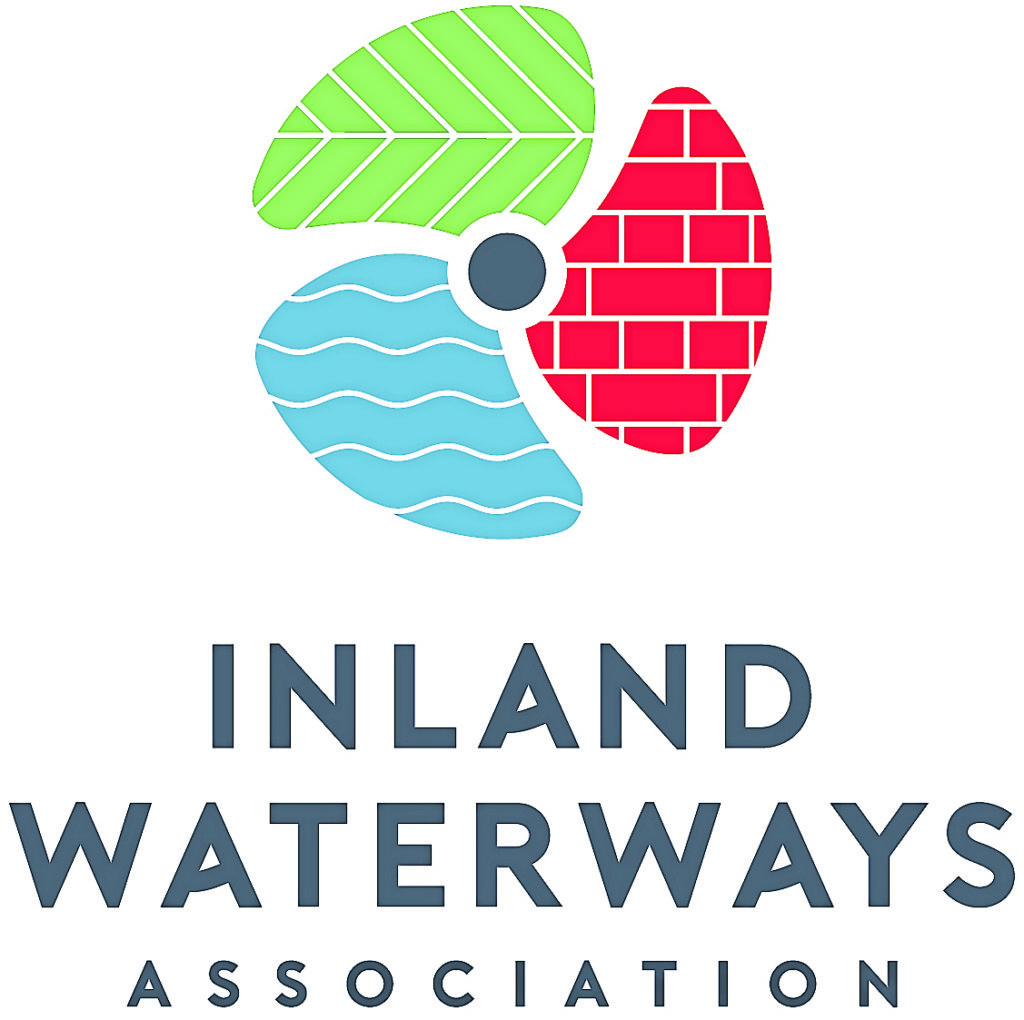
Hopefully this embraces networks that support freight and logistics, addressing the specific locational requirements of different sectors. This includes making provision for ‘storage and distribution operations at a variety of scales and in suitably accessible locations, allowing for the efficient and reliable handling of goods, especially where this is needed to support the supply chain, transport innovation and decarbonisation’.
So perhaps, just perhaps, calling inland waterways the Cinderella mode of multi-modal, the understatement of the century, might just become a thing of the past. Although to be perfectly honest, I’m not exactly holding my breath!

